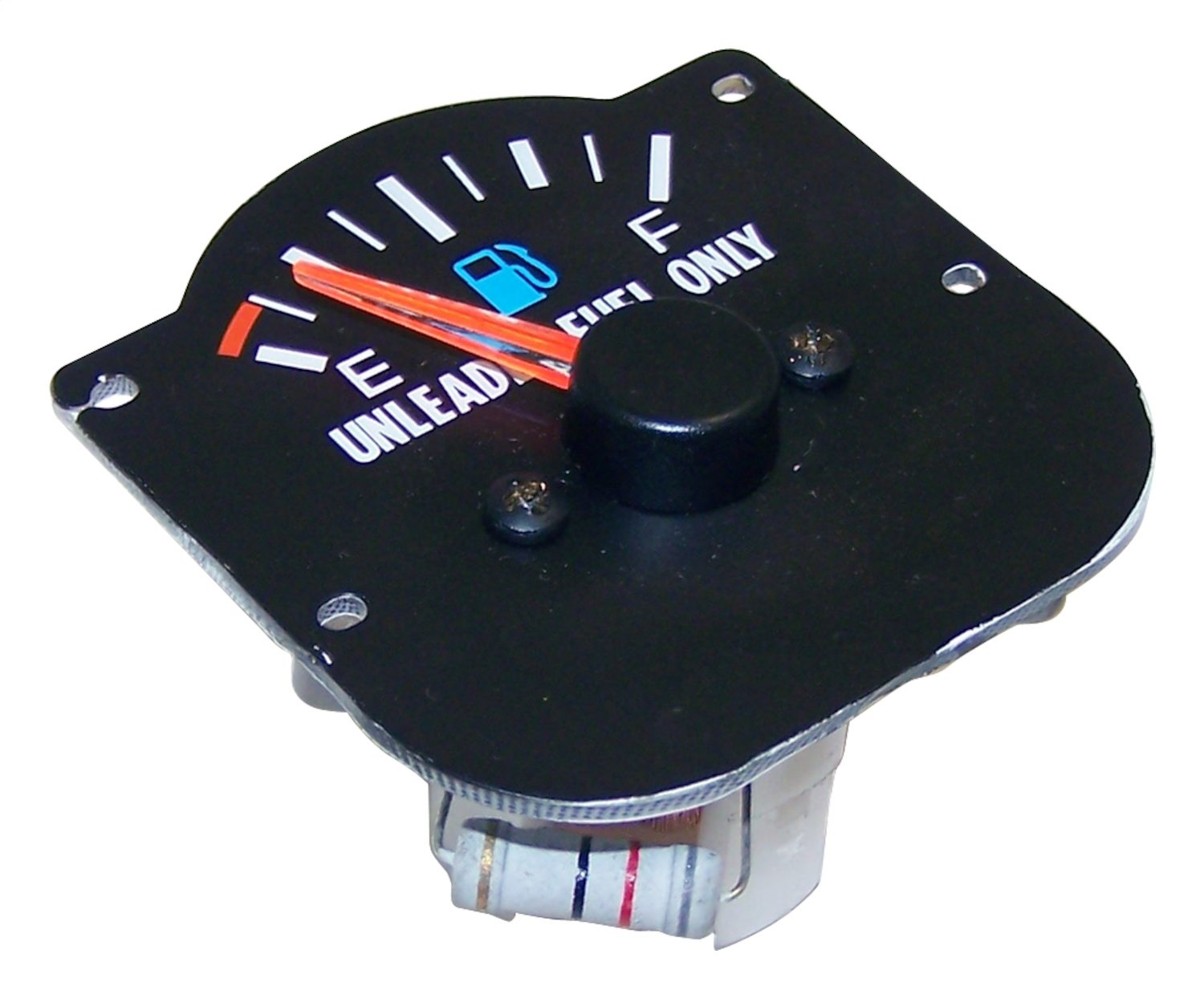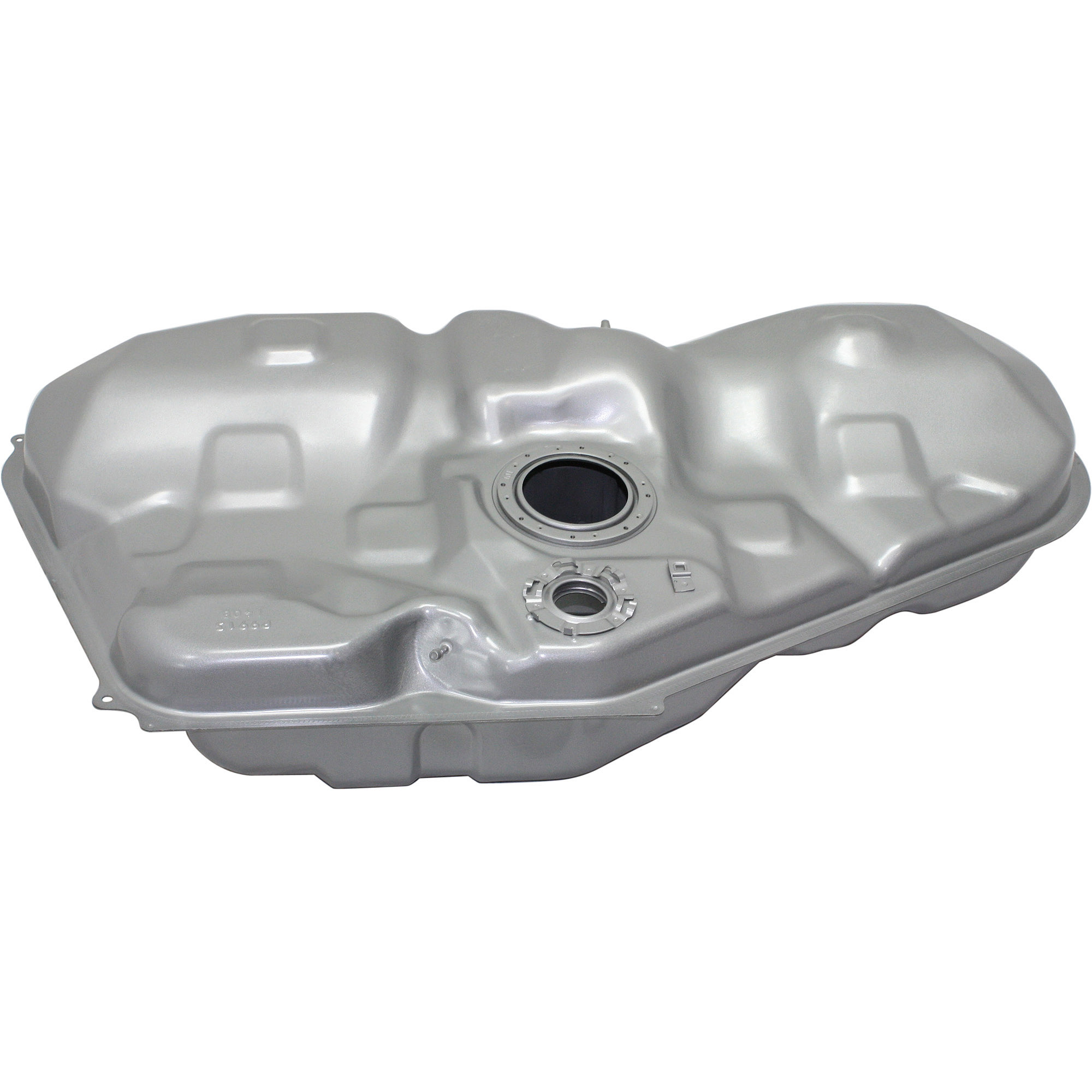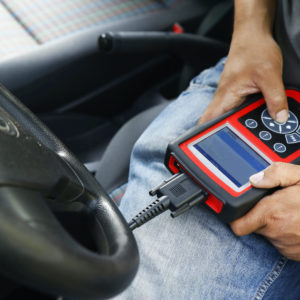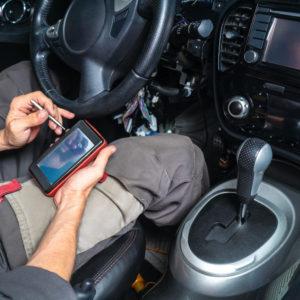The P0463 code involves your car’s fuel level sensor. One of your car’s computers (usually the powertrain control module or PCM) will set the code when the fuel level sensor’s signal is too high. Since it is a generic code, it is supported on various makes and models.
What Does the P0463 Code Mean?
Diagnostic trouble code (DTC) P0463 stands for “Fuel Level Sensor “A” Circuit High.” It means that there is an unusually high voltage signal coming from your vehicle’s fuel sensor. The result is that the fuel gauge will not read accurately.
Note: Although code P0463 is a generic code specified by the Society of Automotive Engineers (SAE), the code’s definition may be different depending on the vehicle manufacturer.

For an in-depth discussion about how the fuel level sensor works in different vehicles, read our explanation here.
Code P0463 can be quite tricky because regardless of the amount of fuel in your tank, the fuel gauge will not display the correct level. And if you don’t know how much fuel is in the tank, you could end up running out of gas.
To search our database for other OBD2 codes, click here.

What are the Possible Causes of the P0463 Code?
There are many potential causes of the P0463 code. Here are some of them:
- Faulty fuel level sensor (sender unit)
- Fault in the fuel level sensor circuit
- Mechanically damaged sending unit arm
- Problems with the network or the Body Computer
- Problem with the PCM (e.g., software in need of an update)
- Faulty smart fuse box or integrated power module (if equipped)
Note: If there are other codes stored in addition to P0463, the causes and symptoms may differ from those listed here.

What are the Common Symptoms of the P0463 Code?
Common symptoms that accompany the P0463 code include:
- Illuminated check engine light
- Inaccurate fuel readings (this happens when the fuel level indicated is different from the actual fuel level)
- Low fuel light that’s on or flashing
- Inaccurate fuel readings (this happens when the fuel level indicated is different from the actual fuel level)
- Low fuel light that’s on or flashing
How to Diagnose the P0463 Code
Replacing the fuel level sensor (sending unit) can be difficult because, on many vehicles, you must remove the gas tank to access it. As such, you’ll want to do some troubleshooting (or have a professional do it for you) before replacing the sensor.
Here are a couple of videos to give you an idea of what the process might involve:
How to Fix the P0463 Code
Because the P0463 code has various possible causes, there is no single way to resolve it. If the problem is the fuel level sensor, you may need the help of a professional to fix or replace it.
If it’s not, you must determine the underlying cause of the issue and address it specifically. On top of that, you also need to make sure your solution is applicable to your vehicle’s make and model.
Repair manuals, like those from Chilton, may help. But if you want to expand your repair know-how and to be prepared to deal with other automotive problems, invest in an ALLDATA single-vehicle subscription.
How Fuel Level Sensors Work
Historically, (as on older vehicles where the ECM/PCM doesn’t monitor fuel level) the fuel level sensor is most commonly a device located inside the fuel tank with a resistive strip and a wiper contact that slides on that strip.
The wiper contact is connected to a long one-piece metal arm (lever) that has a fixed axis on which it hinges so that the arm moves the contacts along the resistive strip as it travels up and down. The lengthier side of the metal arm is several inches long with a brass or foam plastic float at the end so that it remains on top of the fuel in the tank. As the fuel level carries the float up or lets it drop, the arm moves up and down so that, on the opposite side of the axis, the contacts move accordingly, effectively changing the resistance of the sending unit to indicate the fuel level.

Typically, the resistive strip will be grounded at one end, and the wiper contacts will be connected to a wire leading back to the fuel gauge, the coils of which are supplied with voltage, and that voltage passes through the coils all the way to the wiper contacts via the wire harness.
As the wiper moves nearer to ground, the ground path will cause the coils in the fuel gauge to become magnetized so that they drive the needle toward empty. If the fuel sending unit strip loses its ground, or if the contacts wear out so that they aren’t touching the strip, or if the wire from the contacts to the gauge are cut/chewed/broken, the fuel gauge will read past full. If the wire leading to the contacts is shorted to ground, the gauge will read empty.
Fuel Level Sensors and OBD2
There have been computerized instrument clusters for a long time before OBD2, but those clusters still received the fuel level sensor information directly from the fuel tank sender.
But with the rise of OBD2 in the mid to late 90s, the ECM/PCM needed to know fuel level for emissions reasons – the EVAP system on some manufacturers’ platforms would not perform EVAP tests unless the fuel level was between 15% and 85%.
As time went on, body computers (called by various different names) began to be the module that monitors fuel level, delivering that information to the instrument cluster and the ECM/PCM. But the sending unit still needs voltage to work.
If the sending unit circuit is damaged (cut wire, lost ground, etc.) or the sending unit has failed, the ECM/PCM will detect that failure by way of a voltage reading that is outside of an acceptable window, and this code will be stored. Some body computers won’t update the fuel level when this kind of failure happens and the fuel gauge may read other than empty or full even though that reading isn’t accurate.
Where to Get a New Fuel Level Sensor for Your Vehicle
Don’t waste time guessing how much fuel is left in your tank because of a damaged fuel level sensor. Here at CarParts.com, you’re sure to find a direct-fit sensor for your daily driver.
Experience hassle-free shopping when you check out OE-grade fuel level sensors from our website. Enter your vehicle’s year, make, and model into our vehicle selector to check out fuel level sensors that are tailor-made for your car. Our easy-to-use search filters can help you find a sensor based on your preferred brand, price range, and more.
And because we want you to get back on the road as soon as possible, our fast shipping services can deliver your new fuel level sensor straight to your doorstep in as fast as two business days.
You won’t go over budget when you shop with us, too. All our products come with a low-price guarantee to help you get the best value for your money.
Take advantage of our unbeatable deals, and shop for a new fuel level sensor right here at CarParts.com!
Products Mentioned in this Guide
Shop this Project



Any information provided on this Website is for informational purposes only and is not intended to replace consultation with a professional mechanic. The accuracy and timeliness of the information may change from the time of publication.


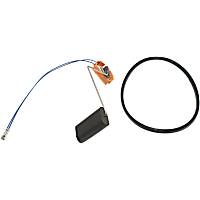 Fuel Level Sensor
Fuel Level Sensor
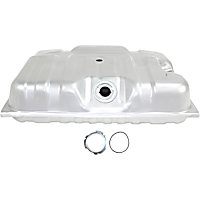 Fuel Tank
Fuel Tank
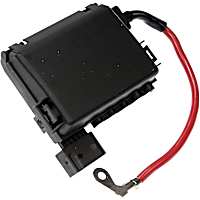 Fuse Box
Fuse Box
